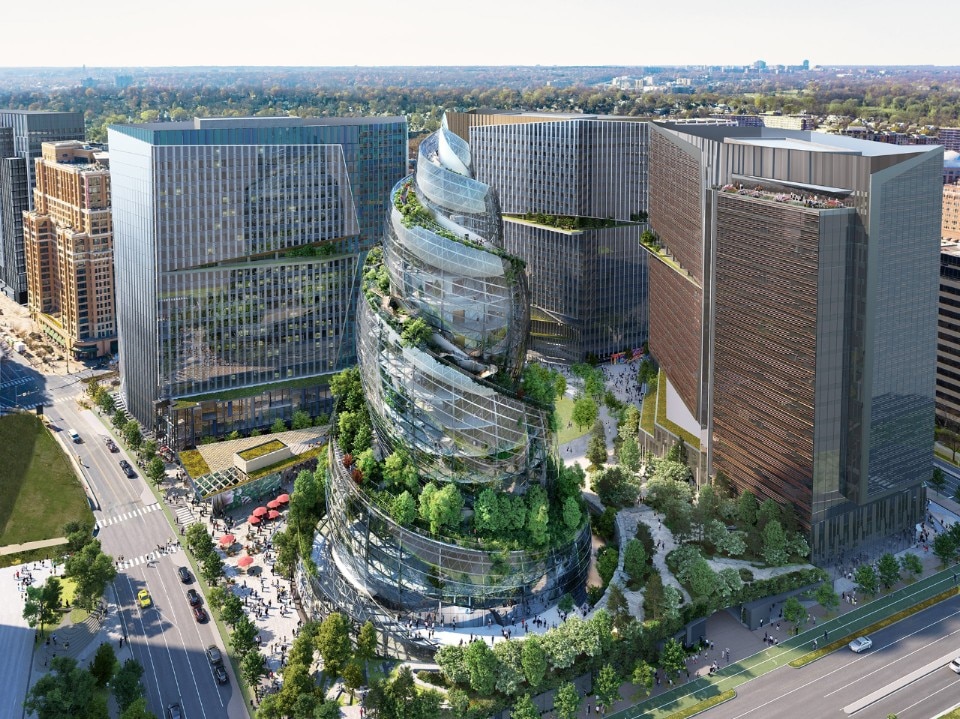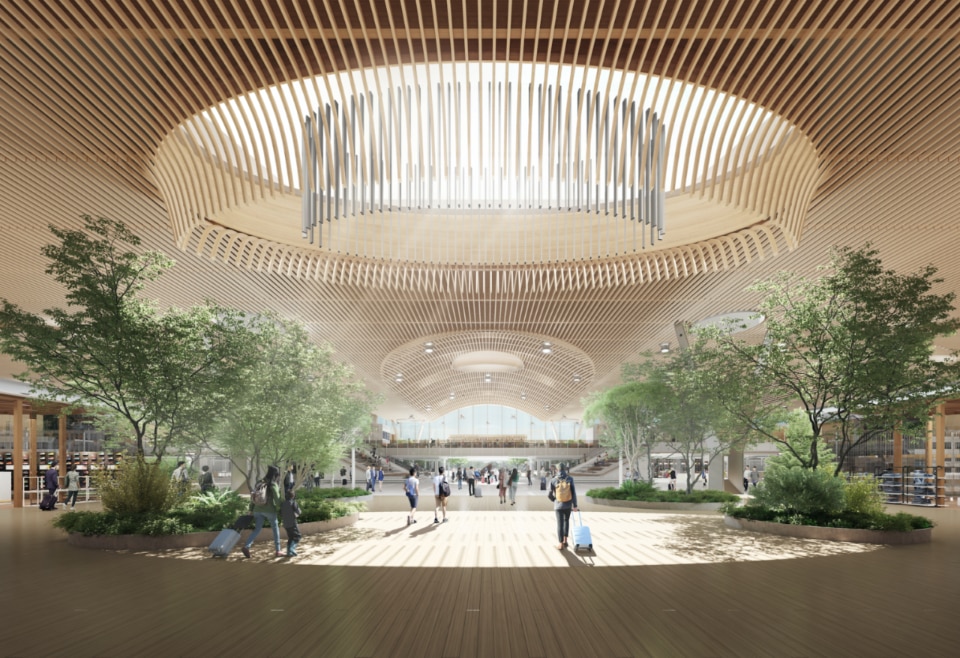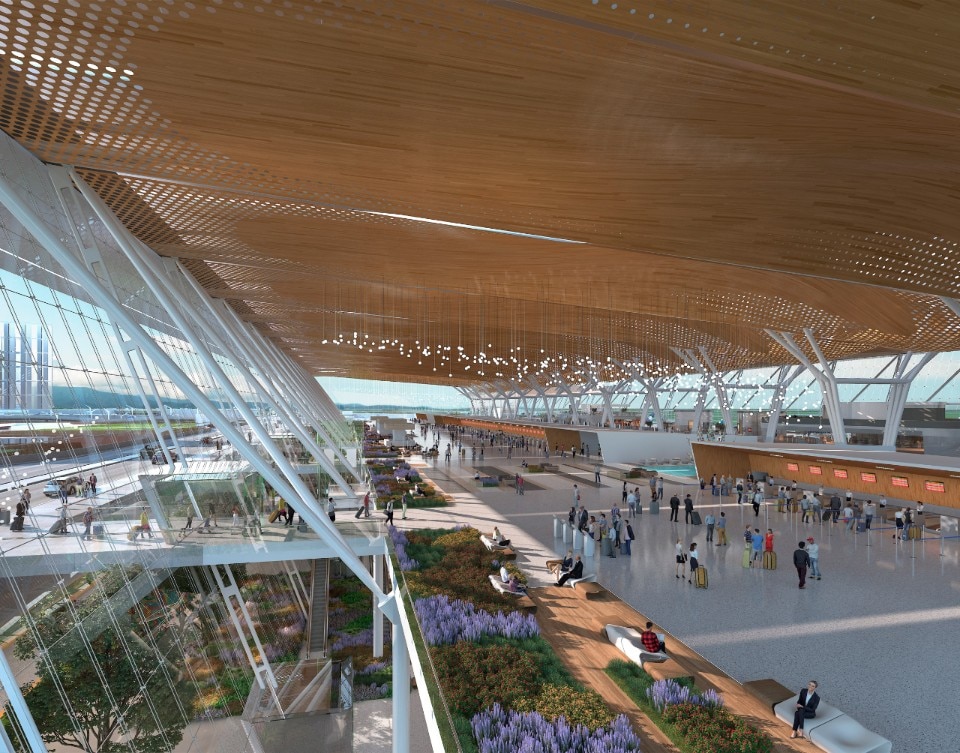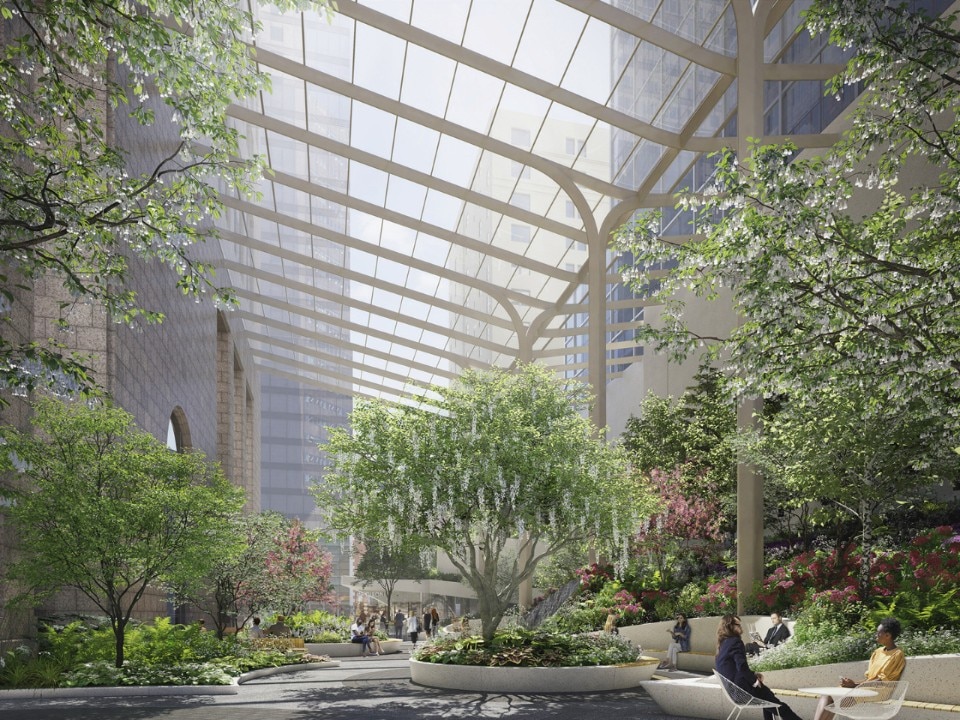People’s attraction to nature is a primordial instinct. Our ancestors felt most comfortable in places where there was an abundance of greenery, because they were sure to find plenty of food and water and could therefore concentrate on other tasks. The psychological legacy of this survival instinct is the basis of Biophilic Design: “it is a design strategy or ethic that takes into account the spontaneous tendency of humans to feel good in the midst of nature,” explains Oliver Heath, one of the gurus in the field. “A space designed in a way that makes us feel protected and in contact with natural elements (or references to them) can therefore help improve our stress and be more productive. Direct elements are used, such as plants, water, sounds. And indirect ones, such as natural materials, those colours that we call neutral but which are actually typical of our original habitat, and space management that takes into account the need for a broad, circular vision.

Heath points out how ‘a biophilic approach to design can improve the Triple Bottom Line, i.e., the wellbeing of building occupants, the productivity of company employees, and the rate of return for customers. Considering that our health and well-being are intrinsically linked to those of the natural environment around us, surely we should want to protect and flourish in it’. Nature, in a context designed and thus focused on human parameters, is good for you. It slows the heartbeat, induces the production of compensatory hormones that support a feeling of interconnectedness and collaboration. This is not a contemporary trend: ‘The term biophilia (literally, ‘passion for life’) has been coined twice independently: by the German psychologist Erich Fromm in 1964 and by the American biologist Edward O. Wilson in 1984,’ points out Giuseppe Barbiero, lecturer in Biology and Ecopsychology, director of the Groupe de Recherche en Education à l’Environnement et à la Nature and of the Affective Ecology Laboratory at the University of Valle d’Aosta. “Fromm uses the term biophilia to describe the psychological orientation to be attracted to everything that is alive and vital. Wilson uses it to describe the human tendency - innate and evolutionarily adaptive - to be attracted to it.”

In 1993, E.O. Wilson and Stephen Kellert proposed the so-called ‘biophilia hypothesis’, which is defined as ‘the innate tendency to focus our attention on life forms and anything that reminds us of them and, in some circumstances, to become emotionally attached to them’. The latter definition is the most scientifically correct’. Kellert opened the doors of biophilia to architecture. His approach is defined as holistic because it simulates the spatial qualities of certain natural environments, their forms and materials, to evoke a feeling of well-being and stimulate the positive responses of the human body. Designers today use the principles of biophilia in all environments from airports to hotels. “Since airports are often linked to the feeling of threat, creating calming natural landscapes is key, through curved shapes, soft lighting, natural and soft materials, and the sounds of nature,” explains Harleen McLean, biophilic designer.

Similarly, those who include nature in their lobbies and hotel rooms significantly improve their guests’ experience, as evidenced by research by Ambius: 56 per cent of hoteliers said their guests are more likely to return when they find a holistic approach to design. And companies have also realised that nature-inspired architecture can help strengthen relationships, community and cooperation.


